Part seven of a series on the history and traditions Christmas.
The actual invention of Christmas caroling is not clear. Some claim that carols, derived from the French word carole, meaning “kind of dance”, began as far back as the 4th or 5th century A.D. Others report that carols, as we know them today, originated between the 12th and 13th centuries with St. Francis of Assisi, a Roman Catholic saint leading the way.
As the term “carole” or “carol” implies, in the beginning, there were no Christian ties involved whatsoever. When one would “carol” in early times, they would be performing a traditional cultural dance often times accompanied by some sort of music. In the French translation of the word, it is accompanied with song. In the early stages, there was no singing associated.

3 Old Time Traditional Christmas Carolers Tshirts by holidaygenius
Browse Whimsical christmas T-Shirts
What is known is that St Francis of Assisi ushered in a more well-known form of caroling by combining singing Christian songs, or hymns, with Christmas church services. But where did these hymns come from? It is believed that they were written around the 4th or 5th century A.D. praising the birth of Jesus Christ.
But why do Christmas carolers travel in groups going from house to house singing and celebrating the season today?
It is believed that this portion of Christmas caroling developed in or around the 16th century with those too poor “singing for their supper,” going from door-to-door until they received enough food and drink to sustain them for the night.
The Christmas carol as we know it today wasn't widely accepted in America until the late 19th century, when it was concurrently made popular in England during the Victorian era.
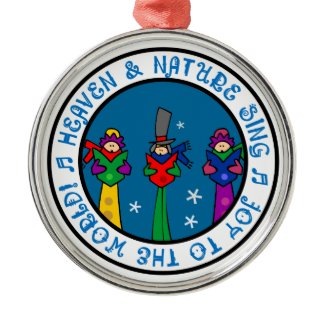 3 Old Time Traditional Christmas Carolers Ornament by holidaygenius Design personalized Christmas tree ornaments |
Author: Anne Jefferson


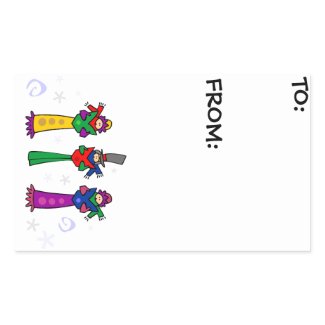
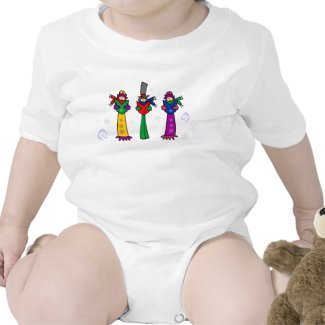
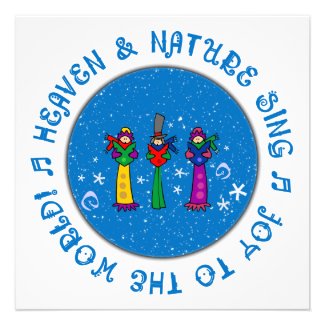
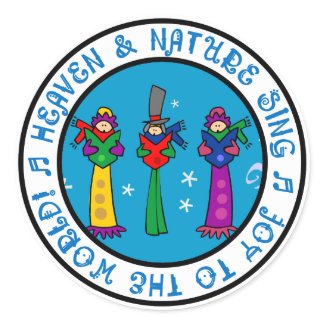
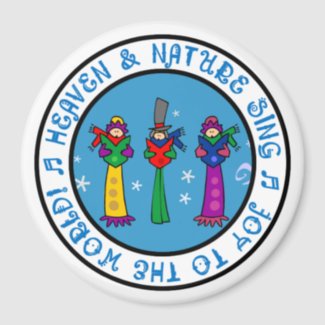
No comments:
Post a Comment